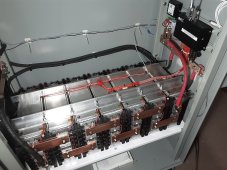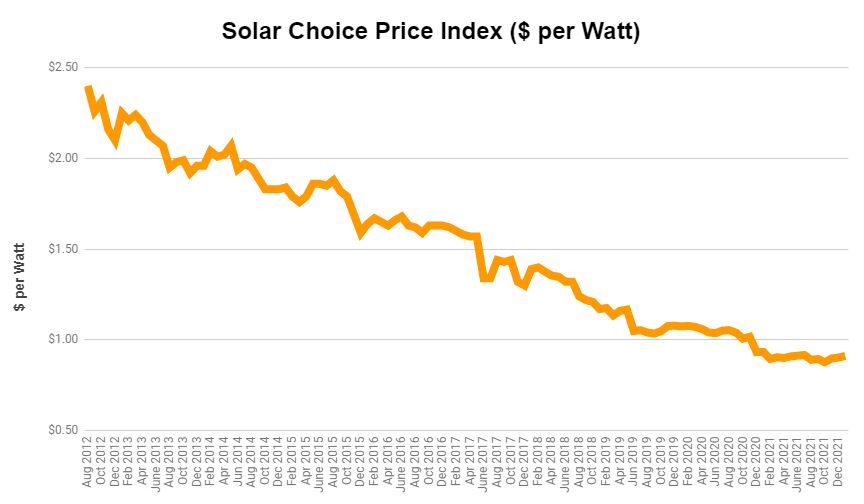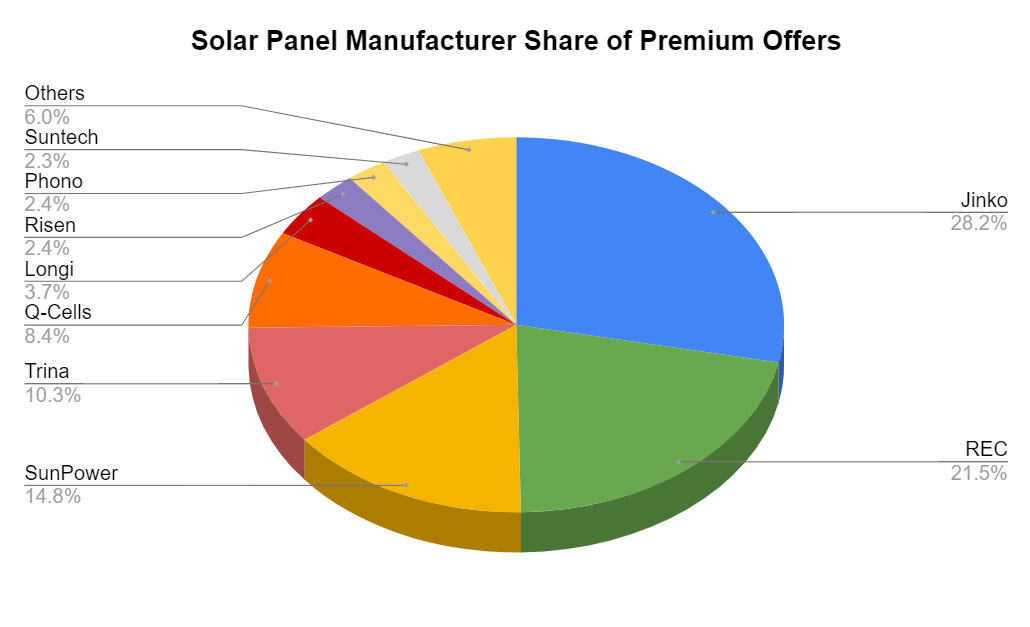We installed our 11kw Grid Tied solar in 2017.. that year, we had 5 power outages with 2 of them almost a week long.
In 2018, we had 9 power outages, most were just a day long, one was three days.
In 2019, we had 6 power outages, most were just a day, one was almost a week.
2020 wasn't so bad.
Living out in the rural countryside means we are last to be fixed when a big storm rolls through.
Our grid tied system doesn't work when the grid goes down, and while we do have a tri-fuel generator capable of powering 90% of the house, its loud an annoying and I hate listening to it. So I installed an AC Coupled battery backup system.. Its manually activated, but when the grid goes down, I flip a couple switches and we're up and running with the 11kW solar system keeping 25kWh of battery bank charged. This results in life-as-normal as we have enough power that we can ignore the fact that we're off grid.
We are preppers, we stock food and other supplies, we store long term seeds, have multiple ways of generating energy, and could easily survive in comfort for about 3 years before we had to get to work growing our own food. Having an off-grid backup system was just part of all that.
I built the off-grid part for about $5500.. Some people blow that much money every year on tobacco and alcohol..
Here's a photo of the off grid portion. The steel box has the lithium ion battery bank inside.








